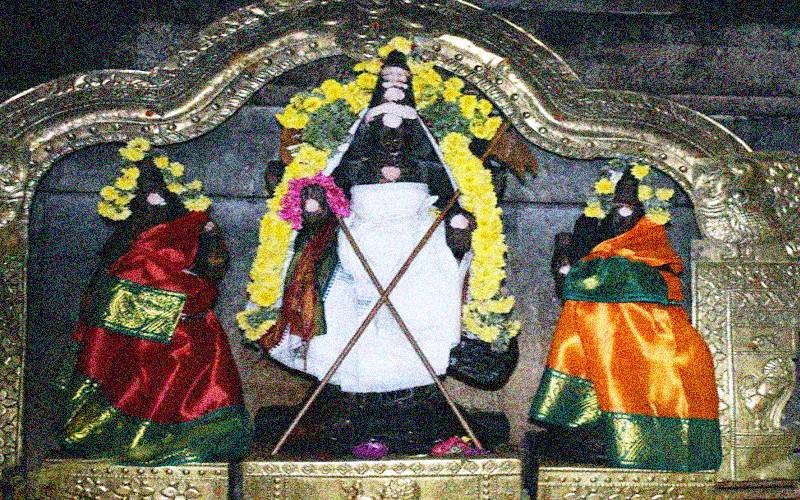
Introduction
Devi Anjanakshi and her consort Uyyakondan (Lord Shiva in the form of lingam) are worshipped as the presiding deities at the Ujeevanathar Temple (Karkudimalai or Thirumalainallur). The deities are located on a hillock and the banks of the River Uyyakondan is located nearby. This temple is referred to in the 7th century Tamil Saiva Canonical work, the ‘Thevaram.’ The ‘Thevaram’ was rendered in 276 Shiva Temples known as Paadal petra sthalam (The temple which have received the bounty of devotion in the sacred Tamil compositions) by the holy 63 collectively known as nayanaars.
Prayers, Grace, and Festivals:
Devotees who wish to offer their prayers to Lord Ujeevinathar will have to ascend a hillock (About 30 mts) and the temple rituals are performed four times per day – Kalasanthi at 8 am, Ucchikalam at 12 pm, Saayarakshai at 6 pm and Ardhajaamam at 9 pm. Each pooja or ritual comprises of four standard steps – Abhishekam (Holy bath), Alankaaram (Decoration), Naivedyam (Offering of food), and Deepa aaradhanai (Showing and waving of lamps) for Kachabeswarar and Anjanakshi. Weekly rituals are performed on Somavaara (Monday) and Shukravaara (Friday). The fortnightly rituals include the pradosham and the monthly rituals include, Amavaasai (New moon day), Kirithigai, Pournami (Full moon day) and Chaturthi. The Nine-day Brahmotsavam takes place during the Tamil month of Panguni and it is most important along with Shivaratri celebrations.
The Lord has been offered worship by Narada, Markandeya, Karan, Arunagirinathar, Appar, Sambandhar, and Sundarar (The latter three belonged to the list of nayanmaar-s). A Sri Lankan ruler was blessed by the deity in the temple.
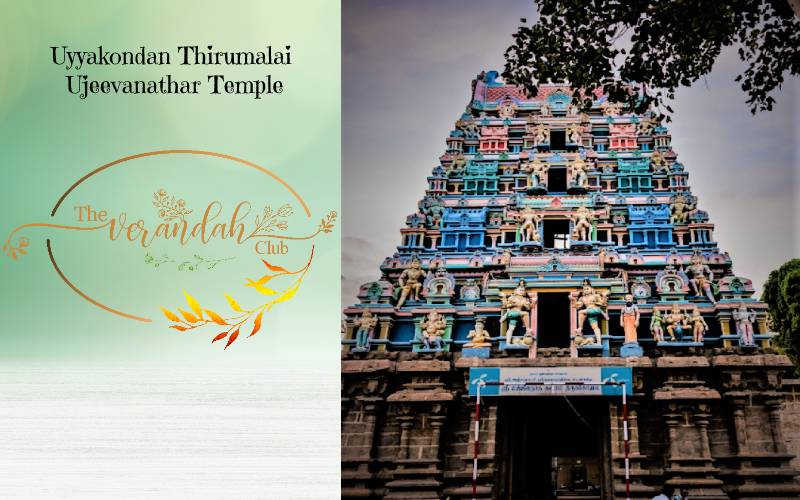
Temple Architecture
The temple is located on a rock and is accessed by a flight of steps. It is located on the Trichy-Vayaloor Road (Tamil Nadu State, India) and is found on the banks of the River Kaveri. The obstacle remover, Lord Ganesha, is located on a cut in the first ten steps and the other shrines are found on the hillock. Interestingly, the entire temple is fortified and even the temple tank is located inside the fort. The main deity faces the west, and one can offer prayers at the two shrines of the Goddesses within the campus. The Jeshta Devi sculpture located in this temple is very important. The temple complex covers about 4 acres of land and the shrines of Uyyakondar along with his consorts Maivizhi and Kanni Umayal being the most prominent. All the shrines are enclosed with large concentric rectangular granite walls.

The people of the ancient Tamil land seemed to have revered water and it is gratifying to learn that there are four water bodies associated with the temple – Ponnoli Odai, Gynaana Vaavi, Kudam ooti, Enkoru Kinnaru and Narkolu Kinnaru. A number of pillars within the temple indicate various stories associated with the Hinduism through the sculptures etched on them. One has to salute the architect for facilitating the sunlight to fall directly on Uyyakondar and Balambikai on the first day of Thai (Tamil Month). This temple is also home to shrines and images of Navagrahas, Bhairava, Surya, Saneshwara, Gajalakshmi and Naalvar-s (Four important naayanmaars amongst the 64 devoted to Lord Shiva).
History of the Temple
The Cultured and Devout Chola Queen, Sembiyan Mahadevi (Consort of Kandaraaditya Chola and mother of Utthama Maduranthaka Chola), was known for her interest in temple construction. She was responsible for revolutionizing temple architecture. It was of course as per the aagamas. The golden age of chola temples began because of her efforts and therefore this period can be called the Sembiyan Age of Temple Architecture.
Uyyakondan Thirumalai was built around 950 A. D. and we can learn a lot through the many inscriptions found within the temple. The inscriptions belonging to the period of Raja Raja Chola (985 – 1040 AD) speaks about a crown contributed to the temple by the grand old queen, Sembiyan Mahadevi, during his tenth regnal year. A few inscriptions which belong to the reign of Kulothunga Chola I (1070 – 1120 AD) share details about a community known as Rathakarar. The members of this carpenter/woodcarver community were skilled in the art of designing and constructing temple cars.
The Uyyakondan Channel was created as a tributary by Raja Raja Chola I to irrigate the lands near Tiruchirappalli. This ancient temple was occupied by the French and also the English forces during the siege of Tiruchirappalli (1753 – 54). It was after the Battle of Sugarloaf Rock, Major Lawrence (English) marched against the fortified temple.
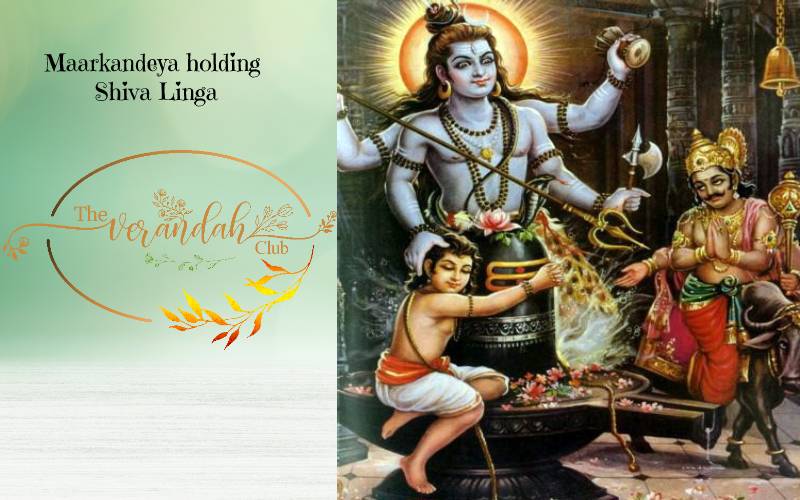
The Sthala Puranam (Legend)
Sage Mrikandu and his wife Marudmathi lived at Thirukadaiyoor. The couple were deeply attached to Lord Shiva and worshipped him for years together to be blessed with a child. Lord Shiva appeared in front of them and offered them a choice that they could either have a gifted son who would live only to be 16 or a not-so-intelligent son who would live long. Mrikandu and Marudmathi chose to have a gifted son and were in-turn blessed with Maarkandeya, an exemplary son who was destined to die at the age of 16.
Maarkandeya and his devotion to Lord Amrithakateshwarar of Thirukadayoor grew along with him. He had followed this path in accordance to the advise of his father. Maarkandeya brought the sacred waters of the Ganga to the temple through an underground passage. Maarkandeya knew about his destiny and Lord Yama, the deity of death, appeared with his noose on the day when he completed 16 years of age. The Lord of Death decided to tie the Paasa kaiyuru (Noose) around the soul of Maarkandeya and take it with him. Markandeya sought refuge in the Uyyakondan temple and embraced the Shiva Lingam. He got relief at Thirukadaiyoor.
Lord Shiva appeared and warned Yama not to touch Maarkandeya for the youngster was under his protection. Yama refused to listen and threw the noose. This bound Maarkandeya and the lingam together. The lord was angered at Yama’s arrogance and therefore kicked him and pressed him under his foot. This extraordinary move of Lord Shiva made Yama inactive. Thereafter, Maarkandeya was blessed by Lord Shiva to remain Endrum padhinaaru (16 forever) eternally. Thus, Shiva earned the sobriquet, Kaalasamharaa, the destroyer of time.
This temple is an important spot in the history of Hinduism. The power of the omnipresent can be realized here. The story of Sage Maarkandeya offering his prayers to Lord Ujeevaanthar is sure to make people understand that the power of Lord Shiva is infinite.
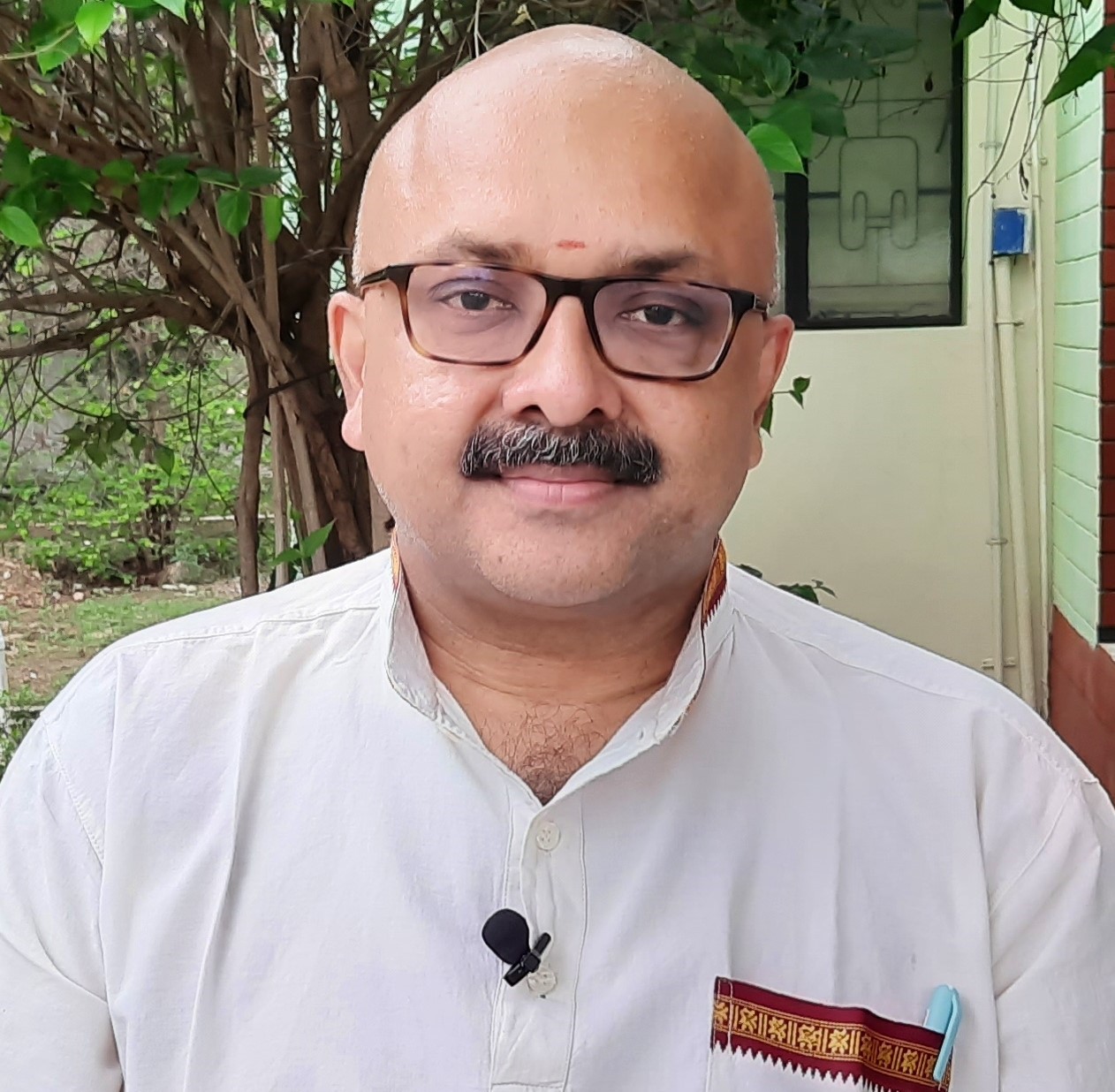
Mr. Rajesh Govindarajulu is one of the founding members of the Verandah Club Pvt. Ltd. He is a leading columnist, historian, jeweler, entrepreneur, and a heritage enthusiast who is earnestly working to revive the past in the light of the present. Experiential learning about the history of Coimbatore is his main course of interest and he is also a panel member of many colleges in the city.
NEXT ARTICLE
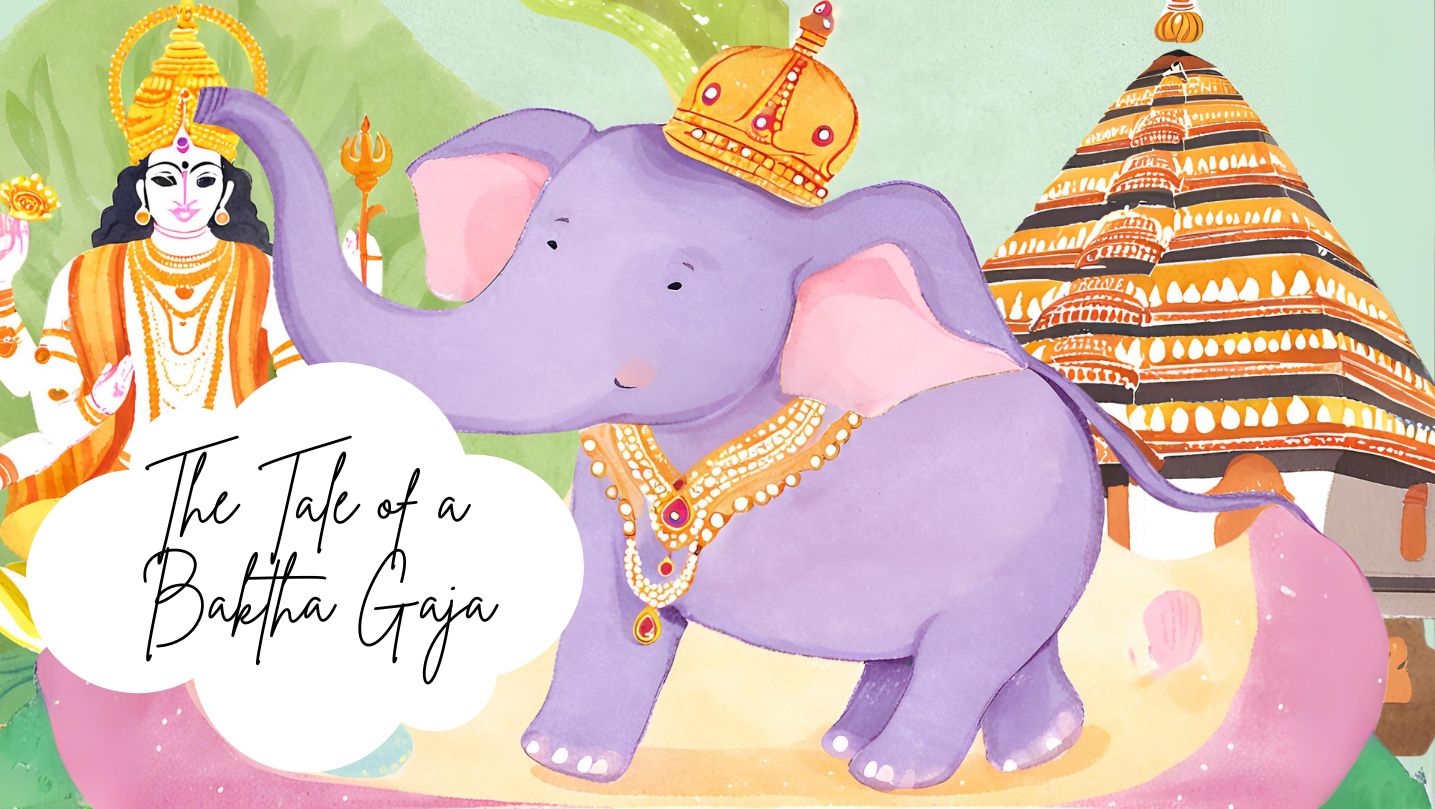
In the lush, green heart of Kerala lived an elephant who became a living legend - a tale of an elephant turned into a bakth. His name was Keshavan, bu...
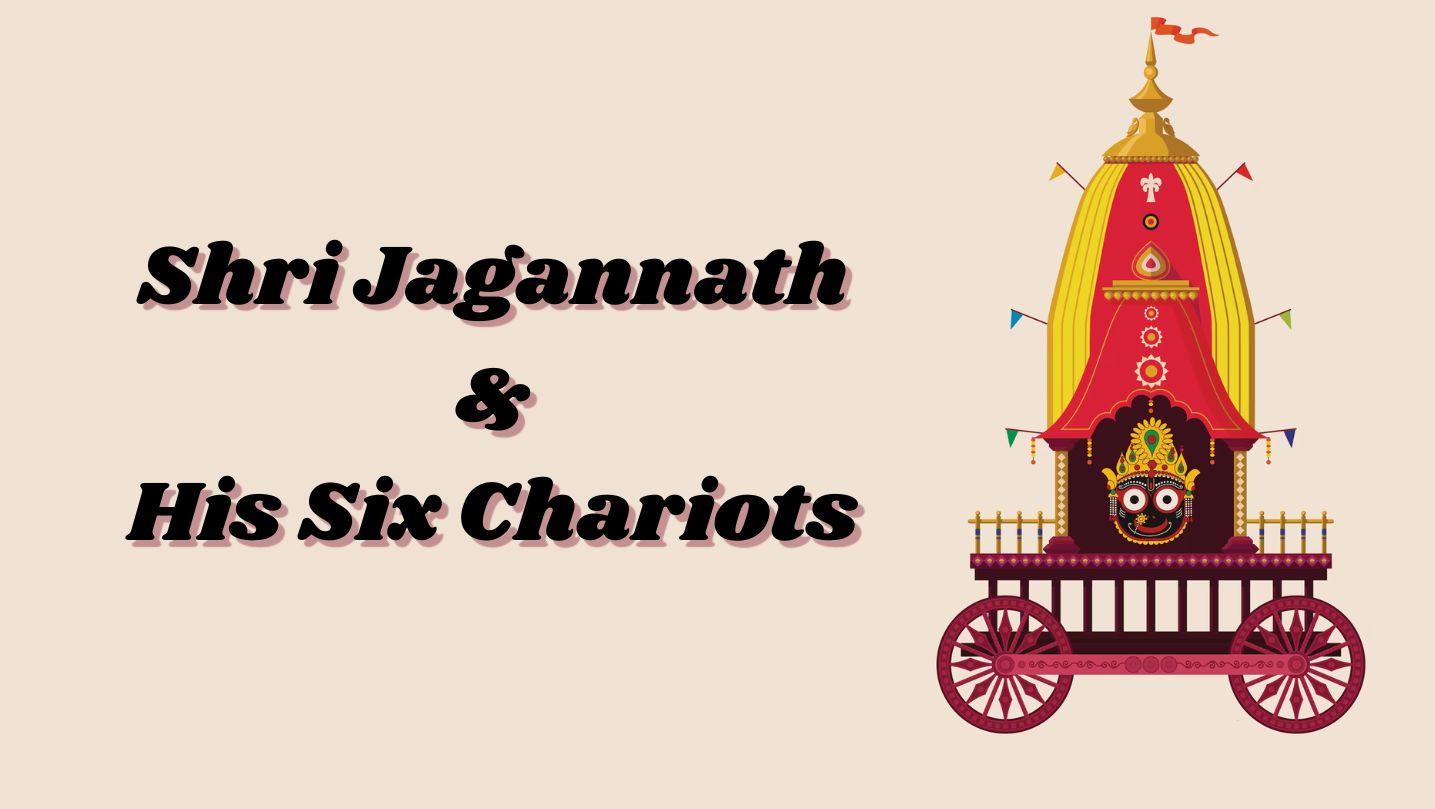
The Chaitanya Charitamrita by Shri Krishna Das Kaviraj provides a vivid description of the operations management of Shri Gundicha Yatra during the tim...
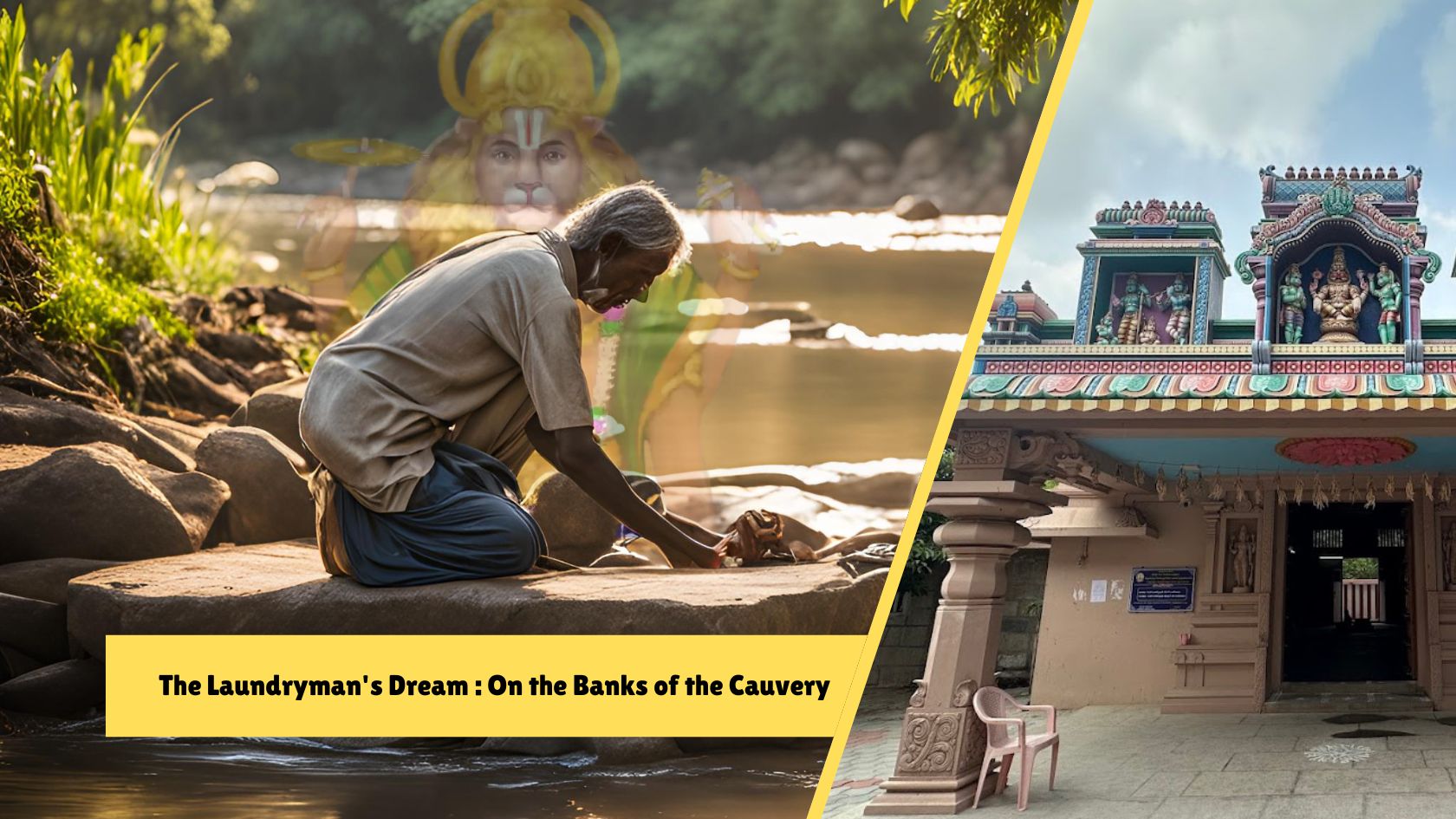
The sun beat down on my back as we stepped out of the car, the air thick with the humidity of rural Tamil Nadu. Chinthalavadi, a small village nestled...